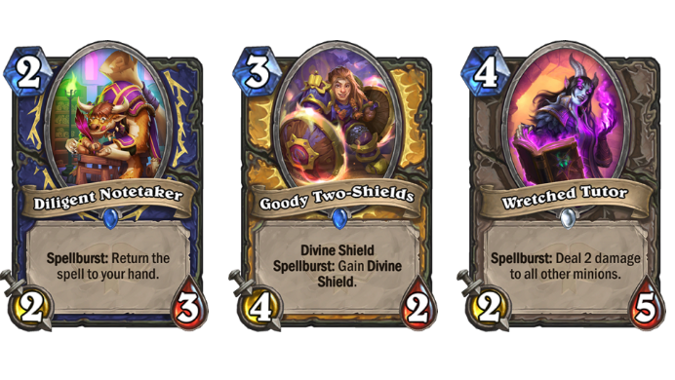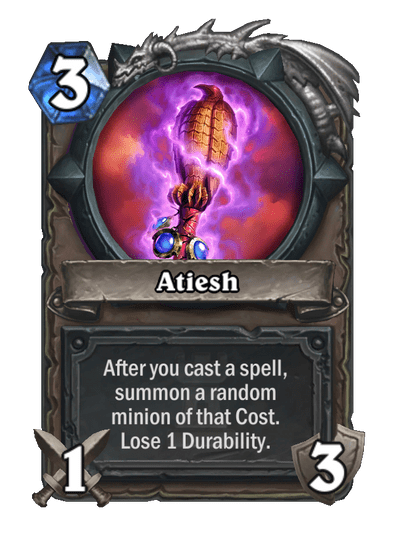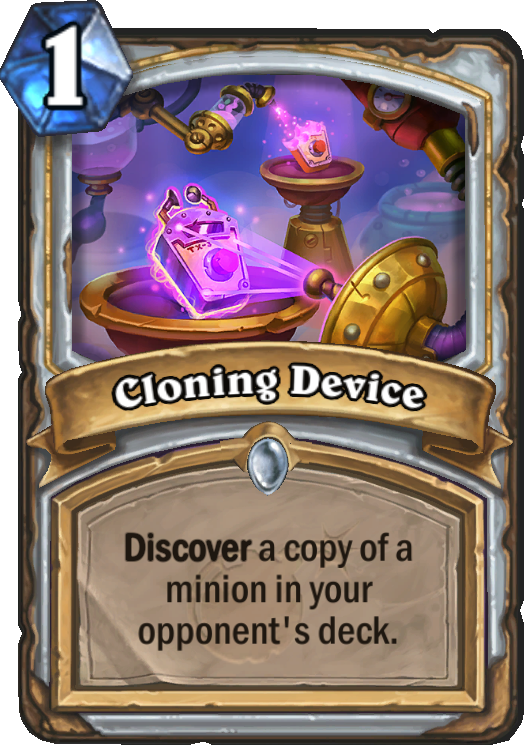In Hearthstone, understanding the three primary card types—Minions, Spells, and Weapons—is essential for crafting an effective strategy and building a competitive deck. Each card type has a unique role and contributes to the overall gameplay experience.
Minions
Minions are fundamental units in Hearthstone, representing various creatures that players can summon onto the battlefield. Each minion has specific characteristics:
– Attack and Health: These two core values determine how much damage a minion can inflict in combat and how much damage it can sustain before being destroyed. Strategic placement and timing when deploying minions can greatly influence board control.
– Abilities: Many minions come with special abilities that can significantly alter the dynamics of a game. For example:
– Taunt: Forces opponents to target this minion before they can attack other minions or the player directly.
– Rush: Allows the minion to attack enemy minions immediately upon being summoned, providing instant board presence.
– Charge: Grants the ability to attack immediately, bypassing the usual summoning sickness.
Minions form the backbone of most decks, serving both offensive and defensive purposes, and their effective management is key to dominating the board.
Spells
Spells are one-time-use cards that facilitate various effects, providing players with diverse strategies to control the game. Their effects can be categorized into several types:
– Direct Damage: Spells that deal damage to an opponent’s hero or minions.
– Area-of-Effect Damage: These spells affect multiple targets simultaneously, which can swing the board state in a player’s favor.
– Removal: Focused on eliminating enemy minions, often crucial for clearing threats.
– Buffs: Spells that enhance the Attack and/or Health of friendly minions or grant them special abilities temporarily.
– Healing: Spells that restore Health to the player or their minions, allowing for sustained board presence and survival.
Wise use of spells can tip the scales of a match, offering players powerful tools to manipulate the board state and respond to their opponent’s plays.
Weapons
Weapons serve as extensions of the player’s hero, allowing them to engage directly in combat with enemy minions or hero. Key attributes of weapons include:
– Durability: Each weapon has a durability value indicating how many times the player can attack with it before it breaks. Strategic timing in attacking is essential to ensure maximum effectiveness before a weapon is lost.
– Attack Power: This determines how much damage the weapon will inflict when attacking. Selecting weapons that complement the hero’s class abilities can lead to powerful combinations.
Using weapons effectively can allow players to deal significant damage while also managing the board, creating opportunities for aggression or defensive play depending on the game’s state.
Deck Building
A player’s deck in Hearthstone is a carefully curated combination of Minions, Spells, and Weapons. When building a deck, players must consider their chosen hero class, as each class has unique strengths and abilities that inform the best synergy between card types. The right balance between minions, spells, and weapons can create a cohesive strategy, whether focusing on aggressive plays, control tactics, or a balanced approach.
In conclusion, mastering the interplay of Minions, Spells, and Weapons, along with a solid understanding of each card’s capabilities, is crucial for success in Hearthstone. Building a well-rounded deck tailored to a specific strategy and adapting to the ebb and flow of the game will significantly enhance a player’s chances of victory.





Leave a Reply